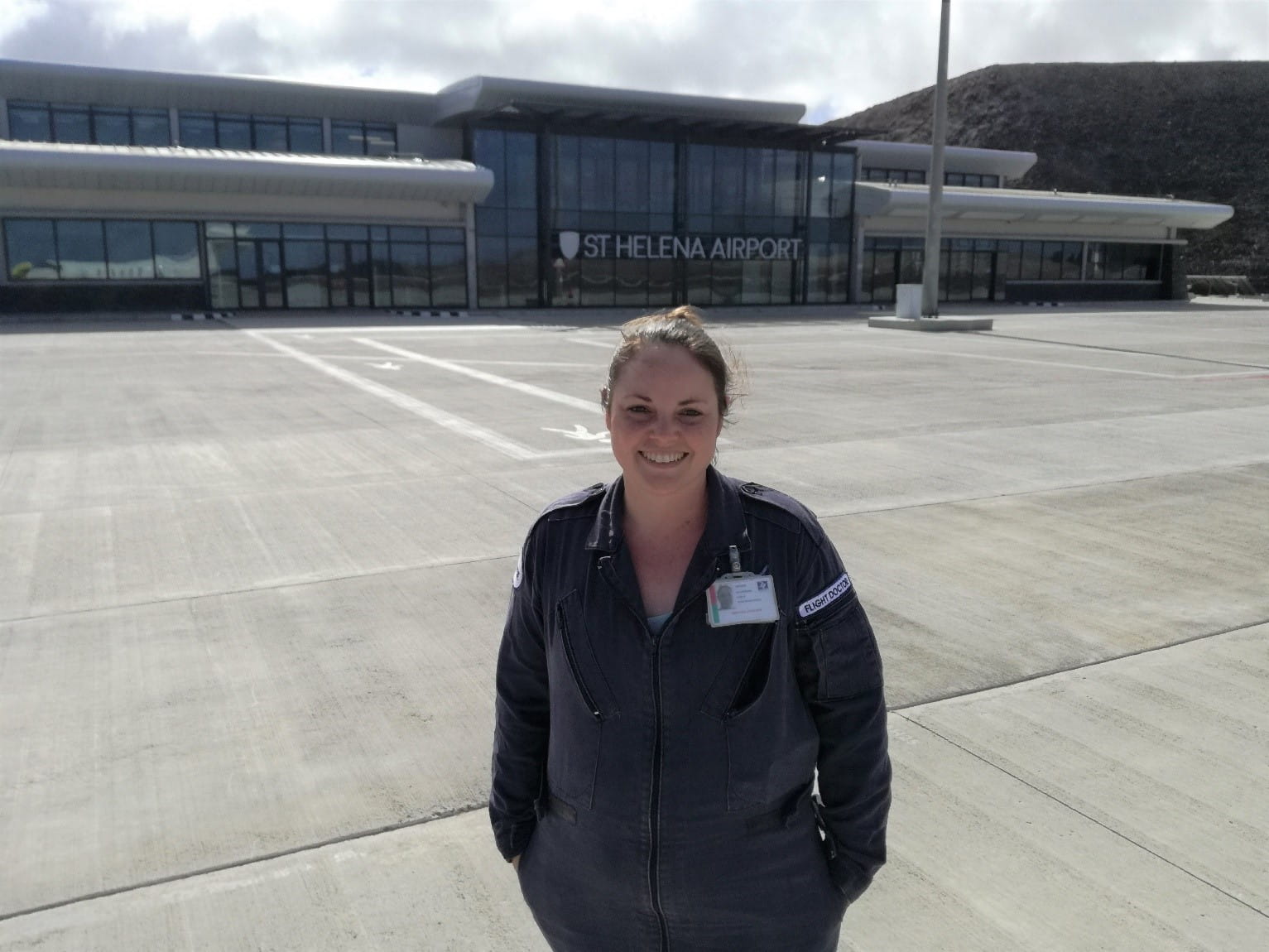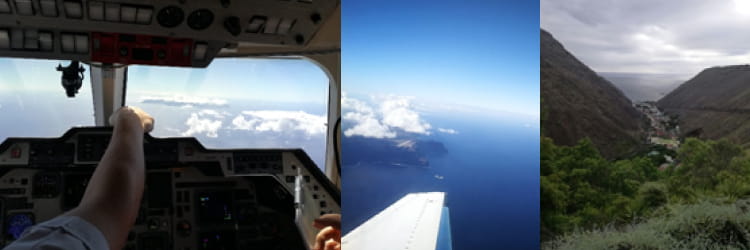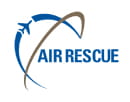Saint Helena Missions
Of the many flight missions I have done as a flight doctor for Air Rescue Africa/ International SOS, my missions to Saint Helens definitely stand out as 2 of the most exciting. With any mission the patients well being and safe retrieval is always your 1st priority however having the opportunity to visit an even spend the night on an island as remote as Saint Helena was a once in a lifetime experience.
Arriving at the hanger post activation you could already feel there is something different to this mission. The remoteness and volatile weather around the runway on this small volcanic island in the South Atlantic Ocean make landing an aircraft safely a challenging task for the pilots. The pilots all have gone through special training to enable them to land at St Helena safely, you could now sense their feelings of nervousness and excitement at the thought of putting these skills to the test. There was thorough flight planning and discussion happening continuously pre and throughout the flight. That being said I never once felt unsafe in my pilot’s hands, as my mission was to look after my patient and get them back safely, their mission was to get all if us there and back safely.

After take-off from Johannesburg South Africa, a brief fuel stop in Walvis Bay Namibia, it was time for us to set off on the last our last leg with St Helena as our destination. While the flight nurse and myself relax in the back enjoying our patient free leg of the mission there is suddenly a call to the front from the Captain, “Come look”, and there is was. After spending the last couple of hours flying over blue vastness there was the grey hazy mound on the horizon that was St Helena. We are allowed a brief view before its off to the back to strap ourselves in and prepare for our approach and landing. And what an approach that was, we have all seen many runways but this one was like nothing I have seen before. Seeing nothing but desolate black and brown mounds when suddenly you realise that the grey line between the two mounds is in fact your target, the runway. Holding thumbs that the wind doesn’t pick up we slowly approach and finally touch down, followed by rapid breaking as we move down the runway cliff faces with sea far below just on the other side. And we stop, just before it looks like we about to go over the edge, we have made it.
The island with its 5000 or so inhabitants is definitely a special place. We were greeted with friendly smiles and warm hellos. After checking in with base and confirming the well being of our patient, we were escorted to our place for the night in Jamestown. Managing to stop off for a bit of history and sight seeing along the way. On leaving the airport the desolation of the volcanic mounds was transformed into lush green mountains as we winded our way down into the valley that holds Jamestown, between two mountains with the ocean at it opening.

On arriving at Jamestown, we soon realised how isolated this island was when none of our phones not even the pilots satellite phone worked. This however did not pose a problem as the welcoming people of Jamestown were quick to assist us getting in contact with the necessary medical teams and confirming pick up for the next day. After been well feed, including been sent with a packed lunch for our flight home, and a lovely night sleep we picked up our patient and wound our way back up to the volcanic mountains and the airport. Once we were packed, and everyone loaded it was time to shut that door and wave good bye to one of the most interesting places I have ever been and get on with the job at hand, looking after my patient.
Truly an honour to have had this opportunity and humbled to be able to assist the medical team of Saint Helena. The remoteness of the island means that once their resources and limits are reach on the island the only options for their patients is a +/- 7day trip by boat to Cape Town or a not so simple 5-6 hours flight to Cape town or Johannesburg and the mission time around it. Glad to have been able to help and be a part of the Air Rescue Africa team.


 24 HOUR MEDEVAC DESK
24 HOUR MEDEVAC DESK